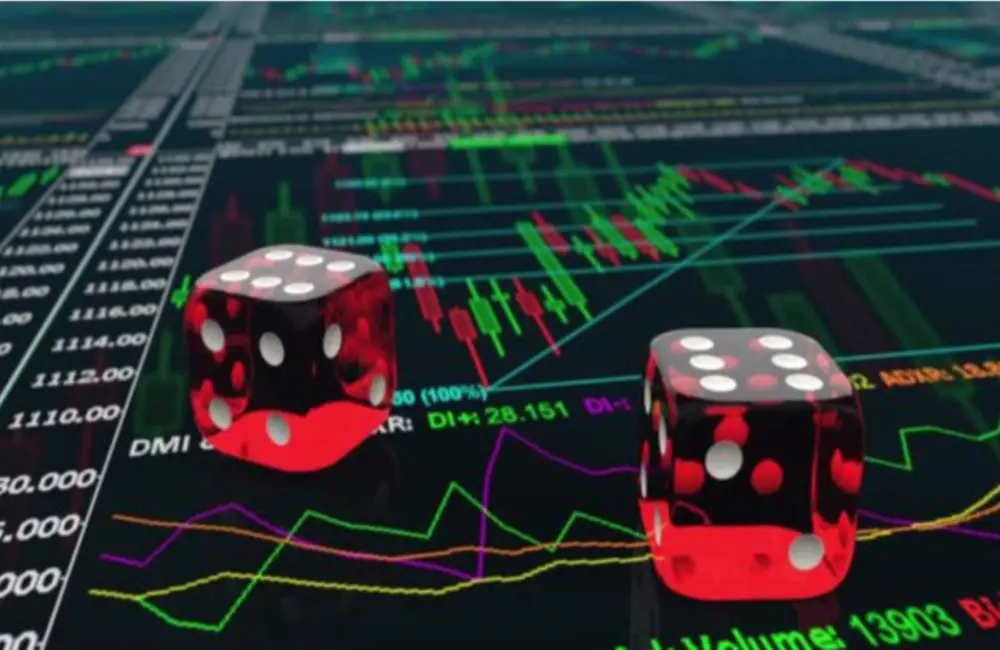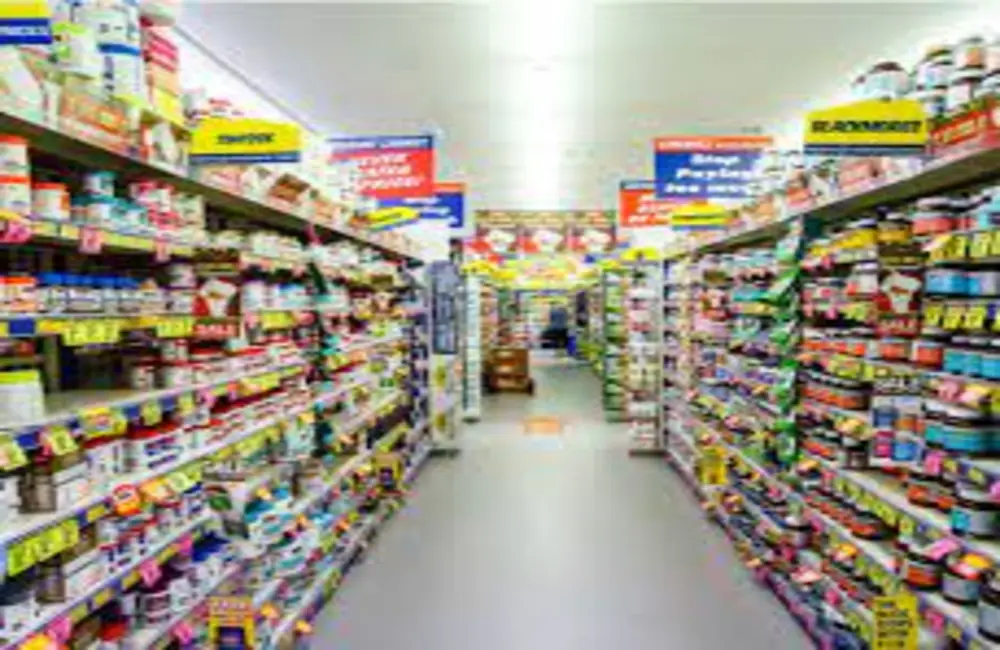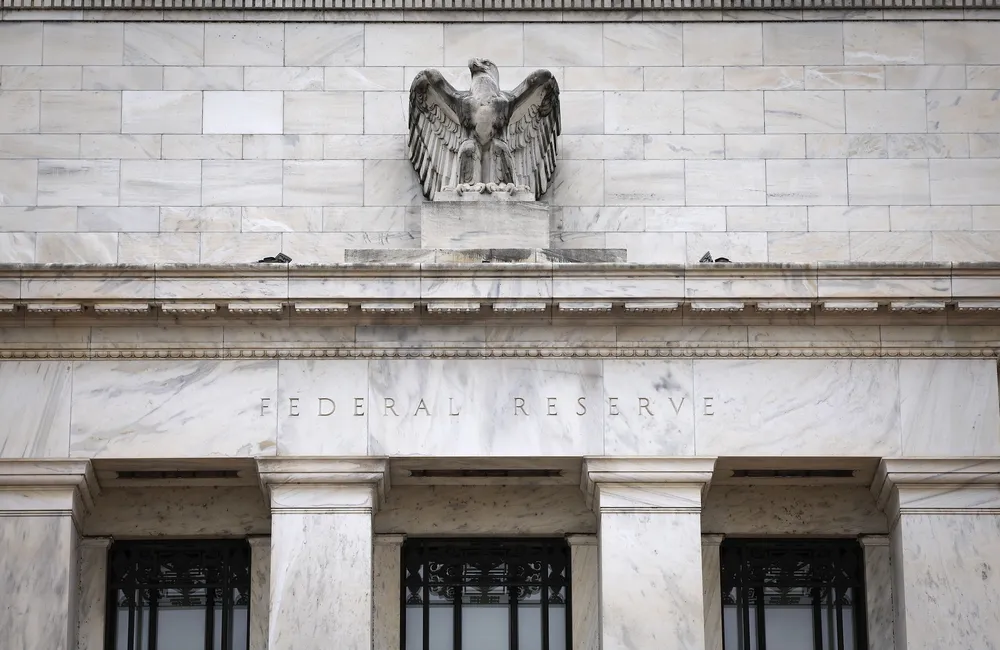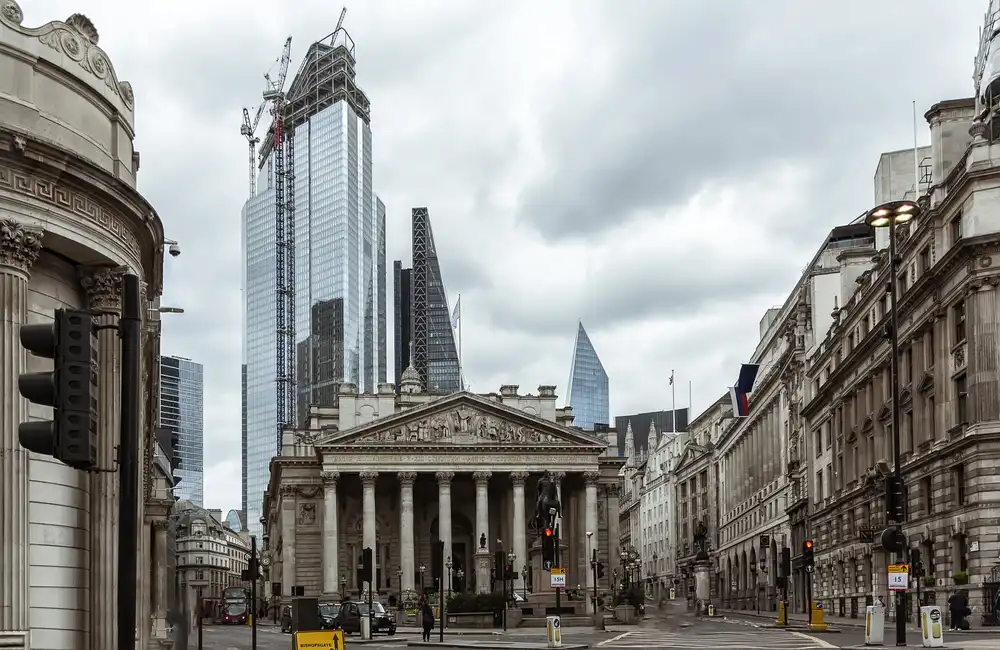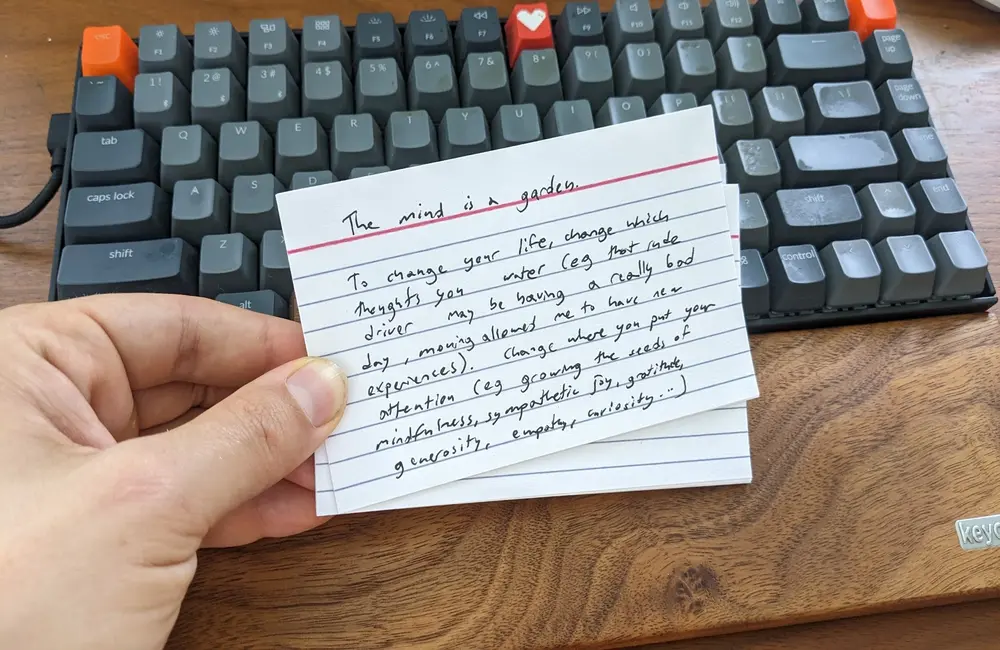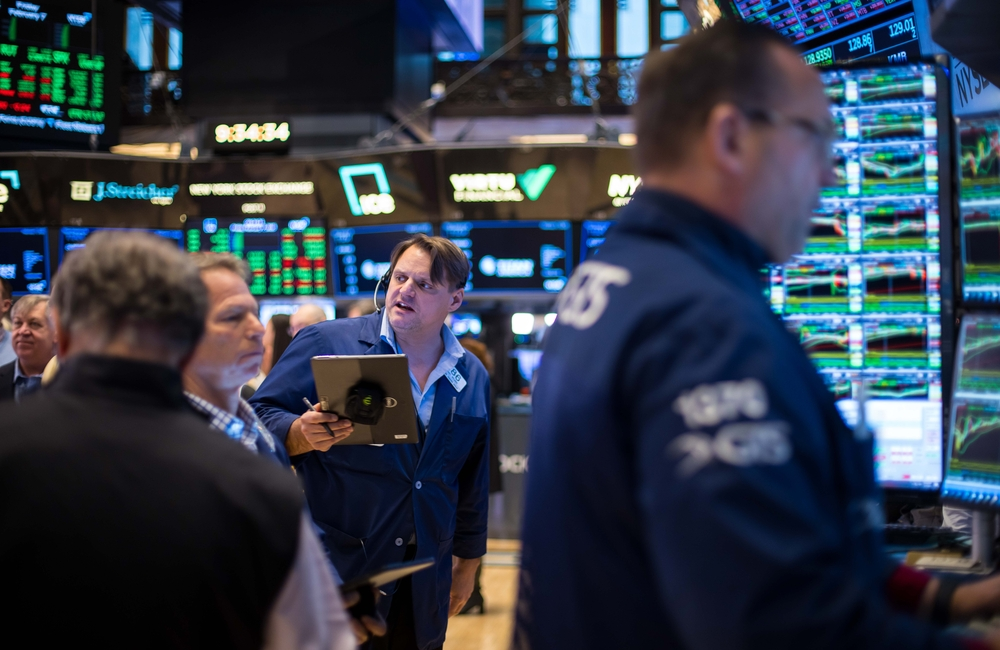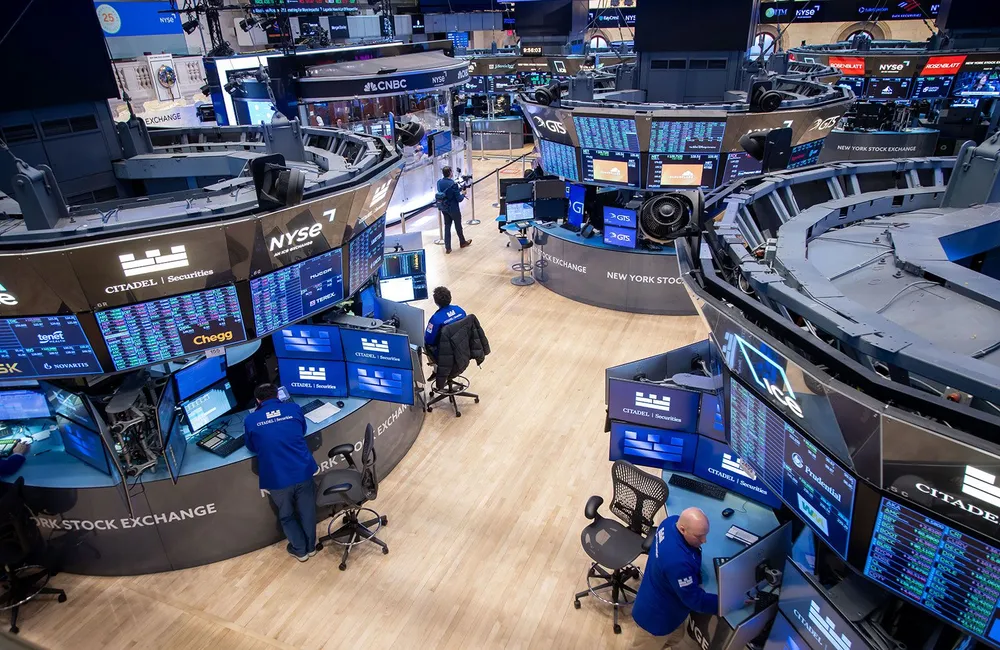ASX futures were 10 points or 0.1% higher at 7494 at 8.00 am AEST showing a bet at a higher open that could prove to be volatile with the US closing lower.
The S&P dropped by 0.6 percent, and the tech-oriented Nasdaq Composite Index gave up 1.2 percent. The Dow Jones Industrial Average dropped 0.2%. Small-cap stocks had an even tougher time, with the Russell 2000 index down 2%.
A strong rally that began in the second half of March means US and Australian shares are set to finish big this month as investors looked past war in Ukraine, rising interest rates and high commodity prices. The S&P/ASX 200 climbed 6.6% in October as prices for Australian commodity exports soared.
Volatility returned this week as traders adjusted their bets in reaction to developments out of Eastern Europe. On Tuesday, hopes that a diplomatic solution might be in the works rose again when Russia announced that it would scale back military operations around Kyiv. The next day, sentiment soured as Kremlin officials damped expectations for further progress in the ongoing peace talks in Turkey.
Locally the S&P/ASX 200 ended 0.7% firmer on Wednesday at 7514.5, its seventh consecutive session of gains, the first time it has done so in that number of straight sessions since December 2020.
Tech, health and consumer stocks were the big movers, as the index’s opening gain brought its advance over seven sessions to 3.2%. Three of the four top performing ASX 200 components were tech stocks.
Block, Megaport and Life360 gained between 6.1 per cent and 9.6 per cent after a Tuesday outperformance from tech-laden Nasdaq Composite.
Healthcare winners included Fisher & Paykel, which was up 4.2% as it continued to recover from a steep selloff.
Consumer stocks inched higher following the federal government's budget, which featured tax offsets and cuts to the excise on fuel.
Iron ore was up 3.4% to US$158.20 a tonne in commodity markets; gold futures were up 1.1% to $1939.00; Brent Crude lifted 2% to US$112.39.
Bonds rallied for a second day on Wednesday. The yield of the US 10-Year Treasury Note dropped to 2.35%. The Australian 10-year bond yield fell to 2.79%. Yields rise when prices fall.
The Australian dollar, which steadied overnight, was fetching 75.09 US cents at 8.00 am AEST, higher than last close of 75.06. The WSJ Dollar Index, which tracks the US dollar against 16 other currencies, fell further, to 90.88.
Asia
Chinese stocks finished higher, following broad advances in other Asian equities. The Shanghai Composite Index rose 2.0%, the Shenzhen Composite Index gained 2.5% and the ChiNext Price Index rose 4.0%. Some progress in the Russia-Ukraine peace talks and good performances from some Chinese companies in the US ADRs market overnight also supported the market sentiment, according to KGI Securities. Investors will remain monitoring developments in China’s fight against the coronavirus, where one of its largest cities, Shanghai, remains under a temporary lockdown. Bank stocks were up, with Bank of China climbing 0.9% and Agricultural Bank of China up 0.7%.
Hong Kong’s Hang Seng Index edged up 1.4%, as some positive sentiment was lifted by signs of progress in peace talks between Russia and Ukraine. Great Wall Motor was one of the top gainers, gaining 10% after reporting a surge in 2021 net profit. Other auto stocks also advanced, with BAIC Motor and Dongfeng Motor gaining 1.5% each. Kunlun Energy fell 3.7%, even as it more than tripled its 2021 net profit. China Minsheng Banking fell 3.9% after it said it anticipates growing economic downward pressure in China due to the pandemic and other factors in 2022.
Japanese shares closed down after several stocks went ex-dividend. Among high-dividend stocks, Nippon Yusen fell 8.6% and JFE Holdings lost 6.2%. Nintendo lost 5.7 percent after delaying the latest “Legend of Zelda” game release. Some energy and mining stocks fell after gains in commodity prices were tempered by signs that peace talks between Russia and Ukraine were making progress. The war in Ukraine was still being watched. The Nikkei Stock Average declined 0.8%.
Europe
European markets were lower, as fears lingered over soaring energy prices and the war in Ukraine. The pan-European Stoxx Europe 600 dropped 0.4 percent.
“European stocks are backtracking this afternoon as investors fret over rising energy costs which will hit consumers hard,” IG analyst Chris Beauchamp says. The news that Russian military operations were coming to an end in Kyiv and elsewhere was greeted with scepticism as attacks continued in Ukrainian cities, according to reports.
In London, the FTSE 100 on Wednesday finished 0.6% higher thanks to rising commodity prices that were concealing losses across most of the rest of the index and continental indexes, IG said.
“While the FTSE 100 has managed to avoid the losses so far today, with UK bills likely set off in that same direction there are huge question marks surrounding whether economies all across the continent will be able to stave off recession,” IG says.
Money managers also believe the risk of recession is higher in Europe than in the US, partly because of the continent’s relatively higher dependence on Russian exports. Russia accounts for approximately 40 percent of European Union natural gas.
A European recession “is within our baseline scenario,” said Seema Shah, chief strategist at Principal Global Investors. Besides the continent’s reliance on Russia for gas and other goods, Europe is dealing with high inflation, as well, she said.
On Wednesday, new data showed the price of consumer goods in Germany had increased 7.3% compared to March of last year.
North America
Stocks on Wall Street fell and oil prices rose on Wednesday as rising commodity prices and an unclear path toward a cease-fire between Russia and Ukraine roiled markets.
With one session left in March, stocks were on pace to end the first quarter of 2022 lower, but on track to end the month with strong gains following a rally over the last several weeks.
With the month drawing to a close, investors are still grappling with war in Ukraine, sky-high inflation and a Federal Reserve that has started raising interest rates for the first time since 2018. But traders have continued to pour money into US equities, with the S&P 500 climbing 5.2 percent for the month.
Wednesday’s trading took a small bite out of that gain. The S&P lost 0.6 percent, and the tech-heavy Nasdaq Composite Index dropped 1.2 percent. The Dow Jones Industrial Average fell 0.2%. The smaller-capitalization stocks did even worse, with the Russell 2000 index down 2 percent.
The recent rebound is tenuous, strategists and investors say and especially so with little hope that the war will end soon.
“It just feels like markets are continuing to digest the rally we’ve had since Russia invaded Ukraine,” said Jake Manoukian, the U.S. head of investment strategy for J.P. Morgan Private Bank.
Big swings in everything from oil prices to Treasury bonds have at times exaggerated sentiment this month. Stocks fell on Wednesday, aided by rising oil prices. Brent, the international standard for oil prices, gained 2.9 percent to $113.45 a barrel. In Europe, natural-gas prices, a volatile measure of demand, surged after Germany signaled that it was preparing for a potential cut in Russian gas supplies.
Oil and gas had already been getting more costly before Russian tanks crossed the Ukrainian border last month, because the recovery from the Covid-19 pandemic stoked greater demand. Now, some investors are concerned that elevated fuel prices and energy-market volatility are putting pressure on ouch budgets for consumers and businesses, blunting the prospects for economic expansion.
“Movements in oil prices are very sharp, and they can certainly push up the price at the pump and take away from what we spend on other things,” said Luke Tilley, the chief economist at Wilmington Trust Investment Advisors.
On Wednesday, investors were also digesting growing scepticism about peace talks in Eastern Europe. Talks with Ukrainian negotiators in Istanbul did not bring the two countries closer to an agreement that would bring an end to Russia’s invasion, Kremlin spokesman Dmitry Peskov said.
“I think those hopes have evaporated,” said Susannah Streeter, senior investment and markets analyst at Hargreaves Lansdown.
Energy stocks—some of this year’s best-performing parts of the market—rose. Valero Energy gained $3.82, or 4 percent, to close at $100.50. Phillips 66 rose $3.97, or 4.8%, to $87.44. The energy sector of S&P 500 added 1.2%.
Shares of Lululemon Athletica, meanwhile, rose $32.95, or 10 percent, to $376.92 after the company reported an increase in revenue and profit in its fourth quarter. Robinhood dropped $1.35, or 8.5 percent, to close at $14.56, surrendering some of the sharp gains the brokerage app had made on Tuesday after it said it was expanding the hours users could trade.
A number of meme stocks fell as well. Bed Bath & Beyond fell $4.48, or 16 percent, to $22.75. The movie-theater chain AMC Entertainment and the videogame retailer GameStop also fell.
On the bond market, traders monitored the gap between interest rates on short- and long-term debt. When they diverge, it is often read as a sign of pessimism about economic growth. On Tuesday, those rates inverted, briefly with yields on two-year US Treasuries rising above those on the 10-year benchmark note for the first time since 2019. Some investors see that trend, called an inverted yield curve, as a sign that recession lies ahead.
Wednesday, the yield on the 10-year Treasury note traded back above the yield on the two-year note. The 10-year ended at 2.357%, falling from 2.399% Tuesday, according to Tradeweb. The yield on the two-year note settled at 2.326%, down from 2.349% Tuesday. Yields fall when prices rise.
“The bond market, what the yield curve is telling you, is that the bond market believes that the Fed tightening that’s priced in is sufficient to create a growth slowdown,” Mr. Manoukian said.
Bond yields have climbed this year as investors prepare for what markets expect to be a series of interest-rate increases from the Fed. Robust hiring and elevated inflation have put the central bank on course to begin reducing some of its pandemic-era support for the economy. On Wednesday, ADP’s data showed an increase of 455,000 jobs in the private sector in March, beating the consensus among economists as surveyed by The Wall Street Journal.







